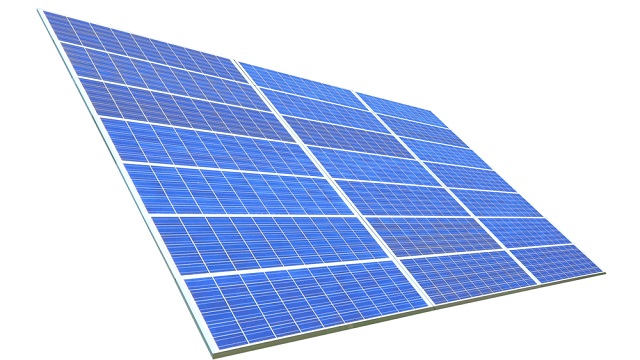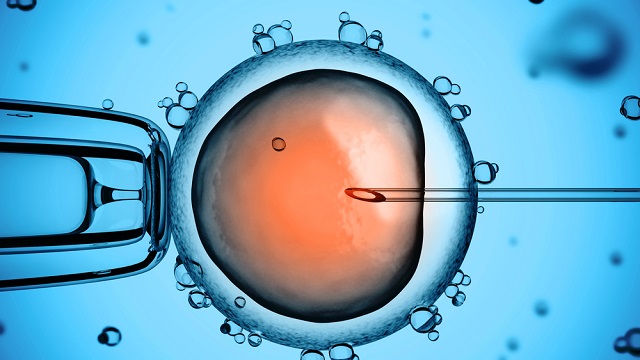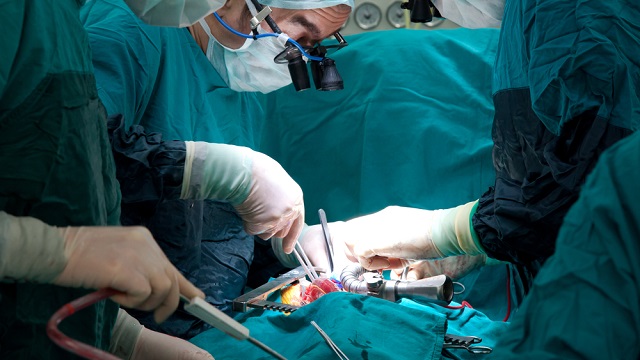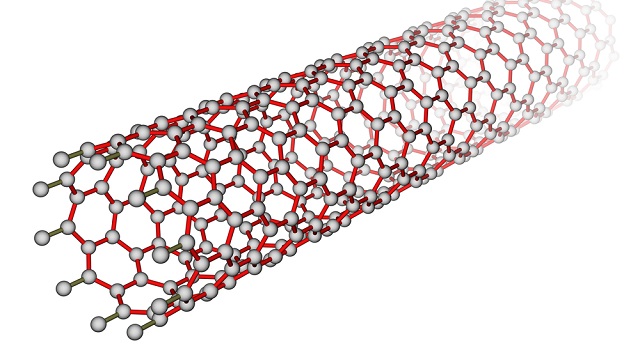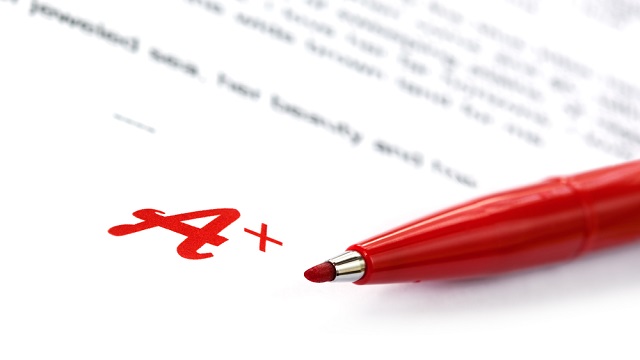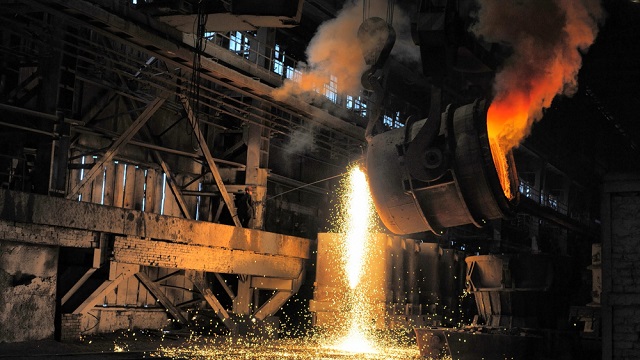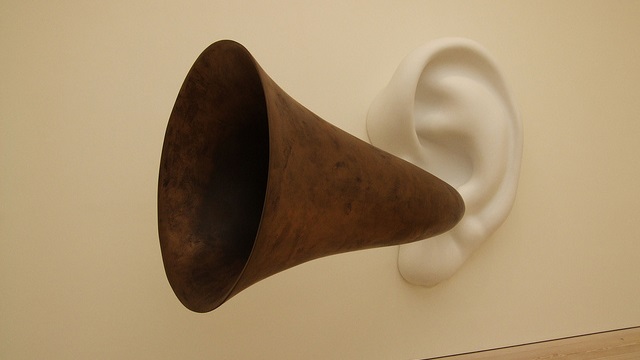Kecia Lynn
Kecia Lynn has worked as a technical writer, editor, software developer, arts administrator, summer camp director, and television host. A graduate of Case Western Reserve University and the Iowa Writers' Workshop, she is currently living in Iowa City and working on her first novel.
The Solar Electric Scooter can be charged by leaving it in bright sunlight or plugging it into a power outlet or external charger.
New software titled Cara (“Face” in Spanish) can turn any camera into an intelligent eye that analyzes and produces anonymous data on who it sees.
Currently, the technology known as “Active Denial” only operates from a large truck, but a report indicates that Raytheon is developing a version that police officers can use to disperse crowds.
By not using actual embryos, scientists at two Oregon-based institutions sidestepped one of the largest issues surrounding stem cell technology. The breakthrough follows similar success with monkey skin cells in 2007.
In tests done on mice, the hydrogel effectively disguised the implant and tricked the body into thinking it wasn’t even there.
First detected last month by the South Pole IceCube neutrino observatory, the discovery is expected to open the door to an entirely new way of looking at the universe.
This according to the Norwegian Refugee Council’s Internal Displacement Monitoring Centre, which released statistics this week. Thanks to Superstorm Sandy, the US made the top-10 list of countries with the largest numbers of people displaced.
Certain forms of nitrogen contribute to a host of health and environmental problems. A new tool helps individuals see how their lifestyle choices fit into the larger sustainability picture.
Researchers say that the snow line of the world’s tallest mountain has retreated by nearly 600 feet in the last 50 years. It’s the latest data available in the controversial discussion about the melting of Himalayan glaciers.
Researchers at Arizona State University want help with gathering and editing information about each of the estimated 30,000 power plants operating worldwide.
There may be fewer of them in the future: Half of the people surveyed for a new report said they would prefer to buy their next car from a machine rather than from a human.
One software developer is doing just that, via a Kickstarter campaign offering digital footprints of various sizes for as little as US$2.
New research shows that people presented with an indicator showing the strength of their password created stronger passwords that were also memorable. However, the evaluation method itself is flawed.
Amid the controversy surrounding 3D printed firearms, writer Cory Doctorow fears that the larger discussions regarding regulation of new and potentially problematic technologies will be clouded over by arguments over gun rights.
One of the country’s leading service providers has announced plans to apply the same kinds of data access limits to its Internet customers as it does to mobile users.
The people behind the “Half-Life” series and the Steam platform are now looking at biometrics — specifically, the acidity of a player’s perspiration — to help create more vivid game experiences.
At a time when nanoparticles are literally spreading across industries, the study is the most comprehensive yet that explores the effects of certain types on the lungs.
Since 2003, a group of experts has been working to connect computers and the Internet to the vast majority of Asia-Pacific residents who lack proficiency in English. The impact of their efforts is just now starting to be seen.
Created partially in response to sedentary work environments, lunch-hour dance parties are growing in popularity in New York and around the world.
The spread of automated license plate readers has privacy advocates concerned because although the majority of photos taken are of non-offenders, they can still be used to create individual mobility profiles.
Handwritten as in “no bubbles”: Next school year, copier giant Xerox plans to roll out its Ignite software to interested schools. It can grade almost any kind of paper, including essays.
After thousands of years, including two centuries of industrialization, steelmaking methods are reaching their physical limits. A group of scientists suggests a cheaper, cleaner alternative using electrolysis.
Seventeen-year-old Jennie Lamere’s Twivo beat out the competitors to claim “Best in Show” at a recent TVNext hackathon.
Not just clean, but cheap: Researchers in India say that for less than US$3 per year, a rural family could have at least 10 liters of safe water each day using their device.
The Eidos goggles and mask isolate and amplify certain inputs so that, for example, someone standing at the back of a crowded auditorium can hear a speaker as clearly as if they were sitting in the front.
Spacewarps.org is the newest project requesting public assistance with finding unusual astronomical objects: in this case, systems containing massive galaxies that bend light around them.
New research breathes life into an earlier theory about a possible connection between cosmic rays and the triggering of lightning during thunderstorms.
According to NASA officials and other experts, meeting President Barack Obama’s directive will require clearing some significant technological hurdles.
While recent focus has been on finding an Earth-like exoplanet in a system’s “Goldilocks zone,” one astrophysicist suggests that that zone might be made wider by taking other atmospheric conditions, such as greenhouse gas amounts, into account.
A group of hobbyists has embarked on a project that involves inserting synthetic DNA into plants to turn them into light sources. Needless to say, environmentalists are concerned.
